British and German naval forces are both suffering from historically low readiness, with almost all of the Royal Navy’s destroyers and frigates in port and none of Germany’s submarines in working order. This only underscores existing concerns about both organizations spending priorities match their needs and their abilities to respond to crises close to home and outside of Europe.
On Dec. 20, 2017, the Royal Navy acknowledged that only one of its 13 Type 23 frigates, HMS St. Albans, was on duty protecting the United Kingdom’s national waters and that all six of its Type 45 destroyers were also pierside. Two months earlier, after an accident crippled the submarine U-35, the German Navy, or Deutsche Marine, was similarly forced to concede that this meant that all six of its Type 212A boats were sidelined for repairs.
For its part, the Royal Navy remains “deployed globally on operations and will be protecting our national interests throughout Christmas and New Year,” a spokesperson insisted to The Telegraph newspaper. “There will be 13 ships and submarines deployed away and in home waters, as well as the at sea nuclear deterrent.”
That only one of these 13 deployed vessels is a major surface combatant is a serious issue, though, and speaks to broader readiness and morale issues across the board. What the U.K. Ministry of Defense had said would be “The Year of the Royal Navy” has turned out to be full of significant disappointments for the service.
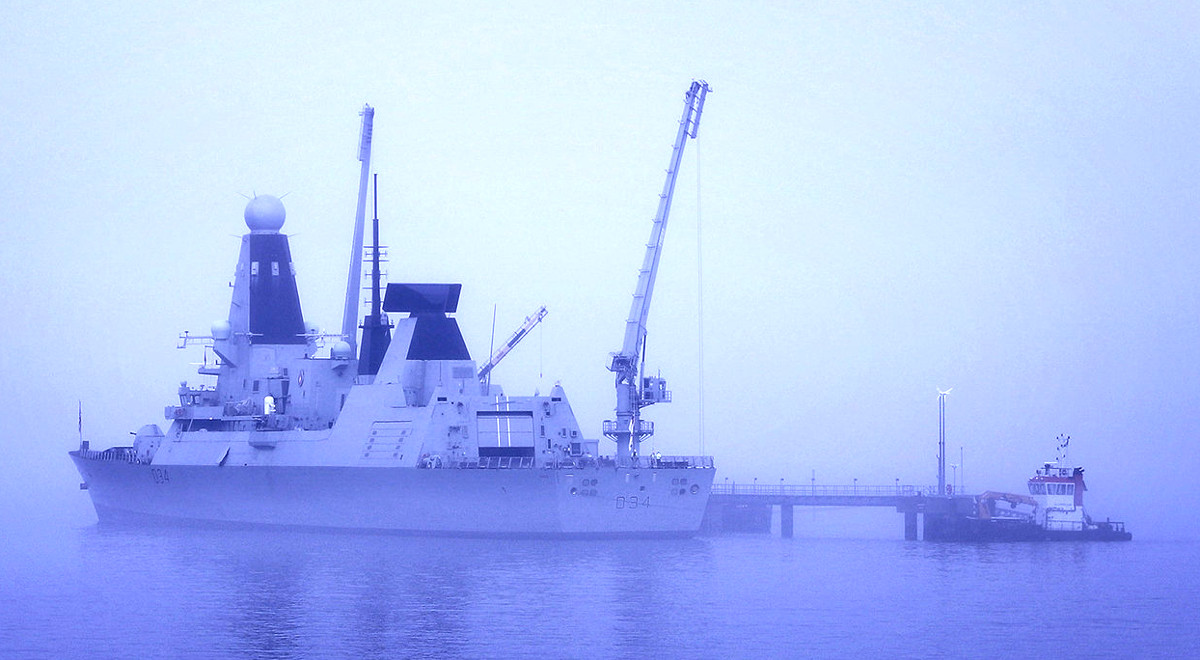
In June 2017, the HMS Queen Elizabeth, the Royal Navy’s first super carrier and its largest ship ever, did first put to sea for the first time. Earlier in December 2017, Queen Elizabeth II herself commissioned the ship, which is named after 16th century monarch Queen Elizabeth I, who famously directed the country’s naval forces to destroy the Spanish Armada.
“Today marks the start of a hugely significant chapter for the Royal Navy, and indeed the nation, as the future flagship is commissioned into Her Majesty’s fleet,” U.K. Defense Secretary Gavin Williamson said at the commissioning ceremony on Dec. 7, 2017. “It is an honor to witness the crowning moment of an extraordinarily busy year for the Royal Navy that has seen us name the second carrier, HMS Prince of Wales, cut steel on the first Type 26 frigates and launch the National Shipbuilding Strategy.”
Below is a full video of Queen Elizabeth’s commissioning ceremony:

What Williamson didn’t mention was that the Royal Navy has yet to receive any operational F-35B Joint Strike Fighter aircraft to begin forming the core of Queen Elizabeth’s air wing, that the Fleet Air Arm might not ever have enough of those aircraft to operate that ship and Prince of Wales simultaneously in the strike role, and that the Ministry of Defense was considering scrapping its last two amphibious warfare ships, along with other cuts, to both help pay for the carriers and find sailors to serve on them. That’s to say nothing of technical issues with the United Kingdom’s Vanguard-class ballistic missile submarines and apparently terrifyingly poor discipline and low morale among the sailors on board those boats.
Then in December 2017, one of Queen Elizabeth’s propeller shafts sprung a leak during as the ship progressed through additional sea trials, leading to reports of significant, but brief flooding in one of the engine compartments. This is actually not uncommon and is exactly why navies put ships through these types of tests before committing them to actual operations, something Defense Secretary Williamson was quick to point out to the BBC. “It does not prevent her from sailing again and her sea trials program will not be affected,” a Royal Navy spokesperson also said in a stament to the national broadcaster.

But critics were quick to seize on as more evidence the ship, which cost more than $4 billion to build, isn’t ready for real missions, with or without aircraft. It didn’t help U.K. officials had tried to hide the issue, according to the BBC, before downplaying its significance.
The latest news that a confluence of maintenance issues and crew turnovers had forced the bulk of the Royal Navy’s most capable surface warships into port at the same time only raises new questions about the service’s ability to conduct major operations or make real use of its new carrier in the near term. As we at The War Zone
repeatedly, the United Kingdom might not have enough destroyers and frigates at present to provide a full complement of escorts and conduct separate naval activities even when all of its Type 23s and Type 45s are combat ready.
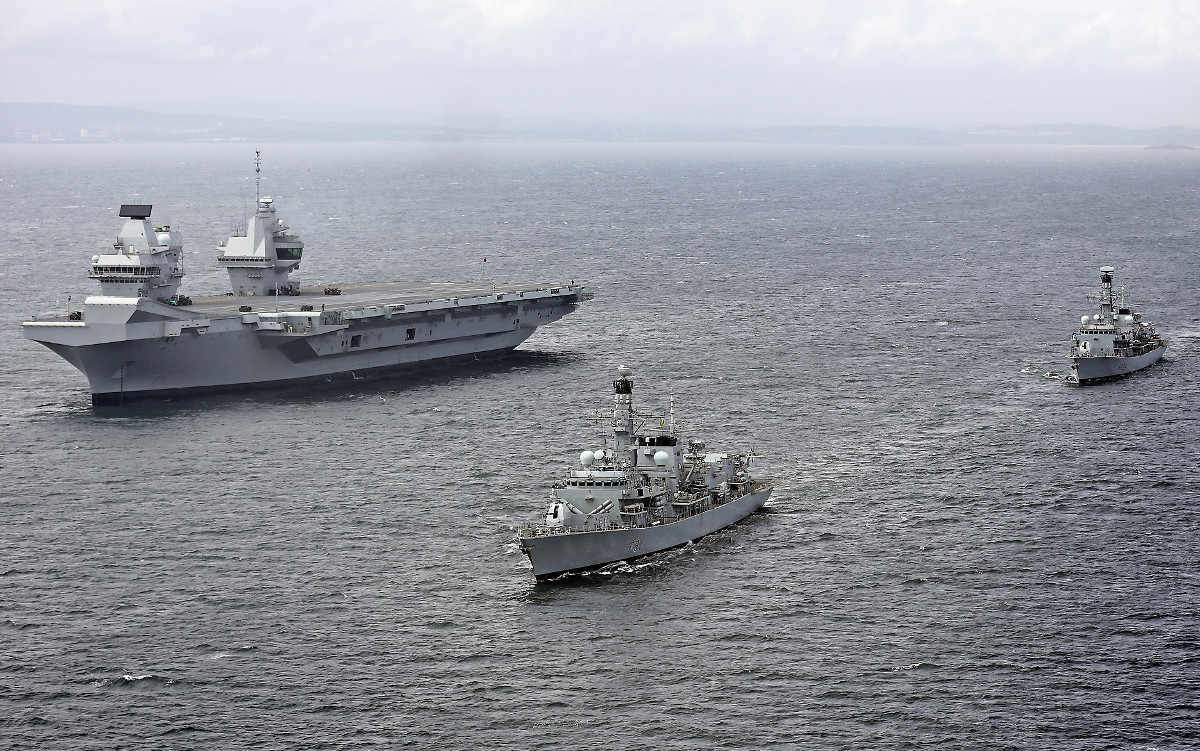
As Defense Secretary Williamson noted, construction on the first Type 26 frigates, which will replace the older Type 23s, started in July 2017. The Ministry of Defense doesn’t expect the first three of those ships, also known as the City-class, to be ready for service until the mid-2020s and there’s no fixed timeline for when the eighth and last ship will arrive.
The present plans do not provide for a one-for-one replacement of the Type 23s, either. The United Kingdom has yet to settle on a final design for the five less capable Type 31e General Purpose Frigates that it plans to buy to make up the difference.
Pre-existing budget cuts and economic uncertainty surrounding the United Kingdom’s planned departure from the European Union, commonly known as the British Exit or Brexit, surely haven’t helped matters any. In October 2017, BAE Systems, which is part of the consortium responsible for the Queen Elizabeth-class carriers and owns the shipyard building the Type 26s, announced it would cut 2,000 jobs in the United Kingdom, including hundreds supporting the Royal Navy activities.
As such, there are already indications that the U.K. Ministry of Defense may be looking to its NATO and other European allies to help with the shortfall, operating the ship in concert with other navies to reduce the strain on its own forces. The United Kingdom and the United States have gone so far as to sign a deal that will put U.S. Marine Corps F-35Bs on board Queen Elizabeth for her as yet unscheduled first operational cruise in order to make up for the lack of Fleet Air Arm aircraft.
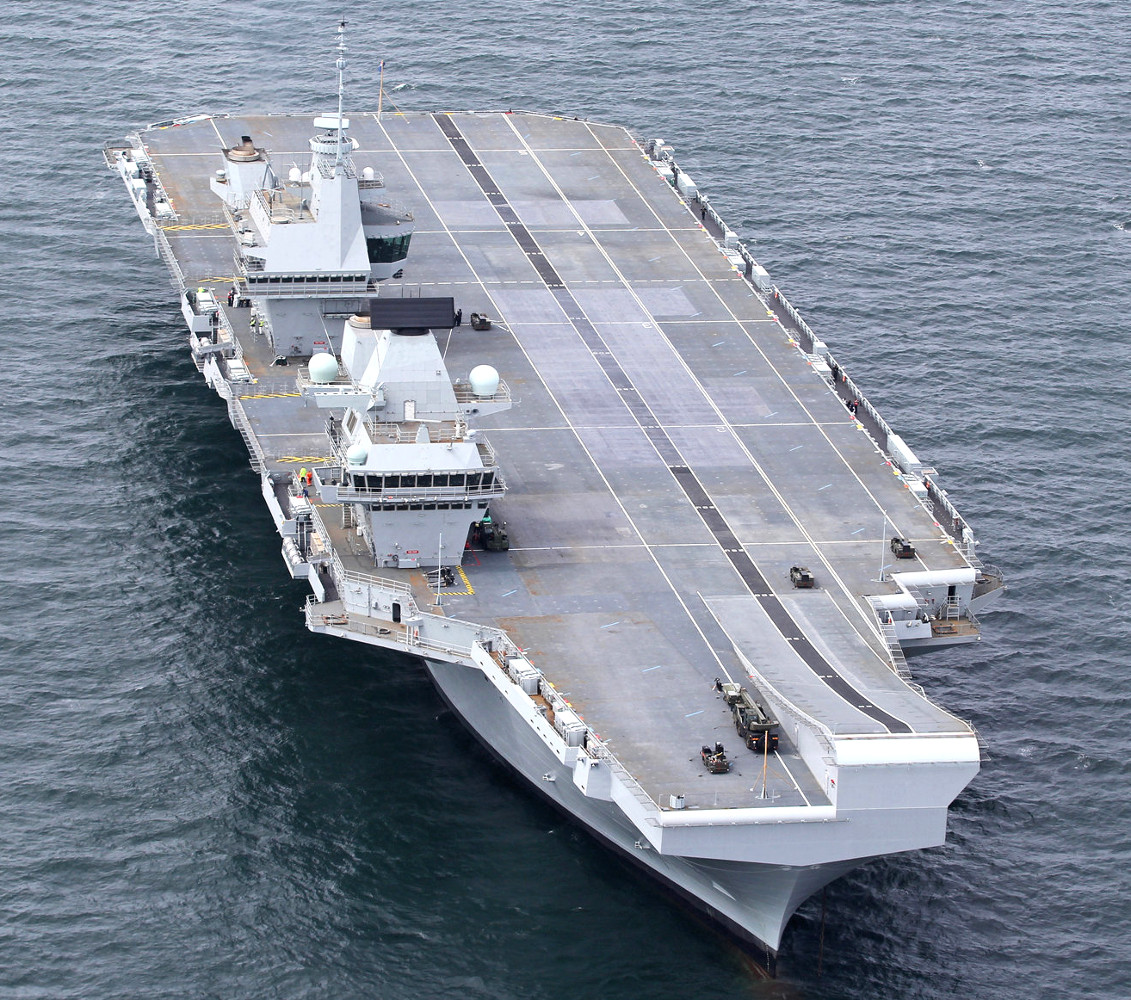
The state of Germany’s navy suggests that there could be serious problems with this course of action, too. For the Deutsche Marine, the fate of the Type 212A submarines is similarly indicative of more widespread issues across the service.
The boats are an advanced and extremely quiet diesel-electric design that uses an air-independent propulsion system centered on hydrogen fuel cells that allows them to stay under water for weeks at a time. The submarines form a key component of NATO’s plans to seal off the heavily contested Baltic Sea in the event of a major crisis, especially any potential military confrontation with Russia in that region.
Unfortunately, the class has been a maintenance nightmare since the German Navy commissioned the first two boats in 2005. The issue is really two separate problems creating what has become a perpetual cycle of breakdowns and delays in getting boats back into service.
After the end of the Cold War, the German government, focused heavily on rehabilitating what had been an independent East Germany, and in the face of what appeared to be dramatically reduced security concerns in Europe, slashed defense budgets and the size of its military as a whole. The German Navy ordered only limited stocks of critical spare parts up front for its new Type 212As.
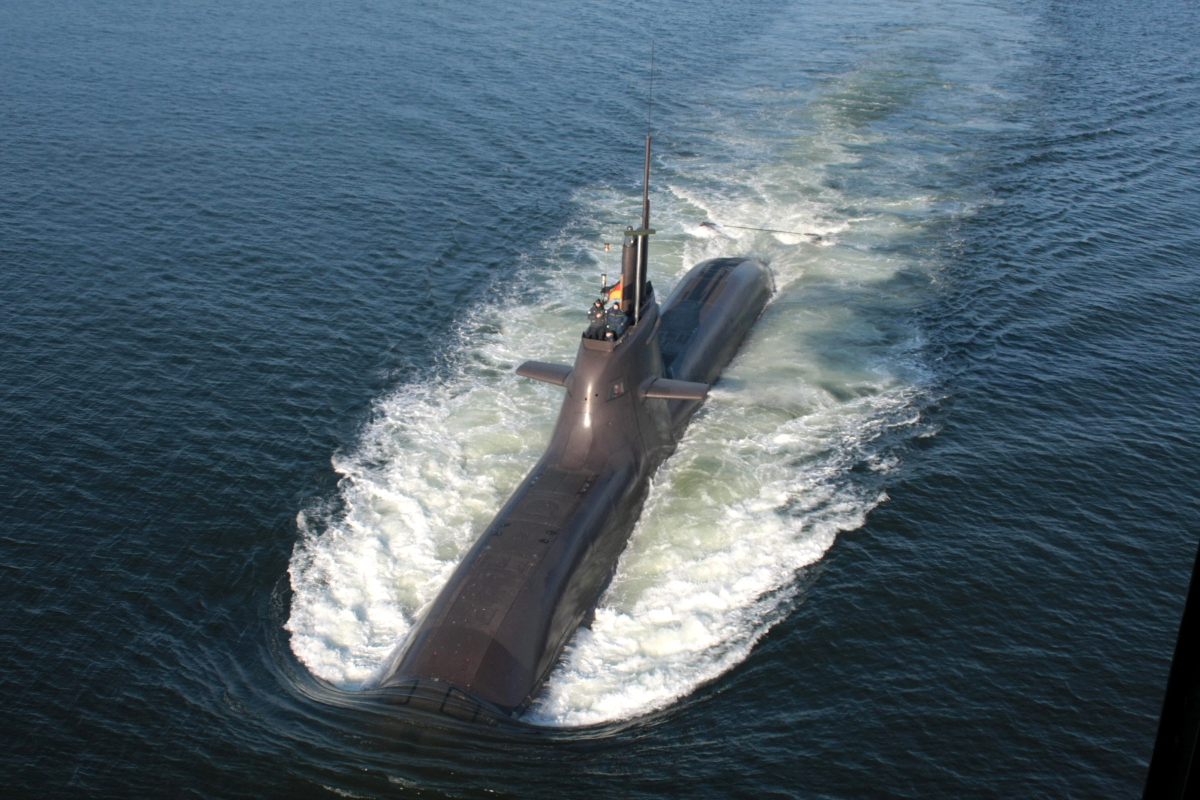
Now, the Deutsche Marine effectively has to special order new parts for every major repair, which has proven to be an expensive and time consuming process. At the same time, the consortium of German ship builders responsible for the submarines have had only a limited chance to develop their own experience with the type and shore up adequate supply chains and skilled labor forces, leading to further delays and persistent problems.
When U-35, Germany’s fifth Type 212A, joined the country’s navy in 2015, a problem with its main screw created so much noise that it was impossible for the submarine to operate effectively, according to report by Der Spiegel. Radar and communication equipment failures and accidents further crippled the ship.
Unnamed Deutsche Marine personnel at the time complained to Der Spiegel that they had identified these same issues with U-31 years earlier and that the main contractor, ThyssenKrupp, had done nothing to fix them. When it commissioned U-36 the next year, the service initially cannibalized many of her parts to keep its sister ship operational.
Budgetary and logistical constraints mean that it’s not clear when Germany will have all six boats operational again. German shipyards are simply unable to perform the necessary work on all of the Type 212As at once, further slowing down the repair cycle.

The German Navy expects that U-36 will be back in service by May 2018. U-31, which has been sidelined since 2014, just finished its overhaul, but still needs to complete a normal series of sea trials before returning to active duty, slated for some time in 2018, as well.
Maintenance on U-34 will start in January 2018 and repairs on U-33 will begin the next month. It’s not clear how long it will take to get those two boats back in service. There is no firm start date for when there will be shipyard space for U-32, which suffered a battery failure on its way to Norway for an exercise in July 2017. And then there’s the matter of U-35, which likely hit a rock during a dive off Norway, severely damaging one of its four stern planes, which is now waiting in line for repairs.
Even if the boats were all in working order, it wouldn’t matter, though. The Deutsche Marine only has three fully trained crews and continues to struggle to meet its recruiting goals. Keeping those sailors proficient while the submarines are sidelined can only be a challenge and could further reduce their readiness.
“This is a disaster for the Navy,” Hans-Peter Bartels, who is presently the Parliamentary Commissioner for the Armed Forces in Germany, told German outlet NPD in December 2017. He added that he believed it was the “first time in history” that all of the service’s submarines would “have nothing to do for months.”
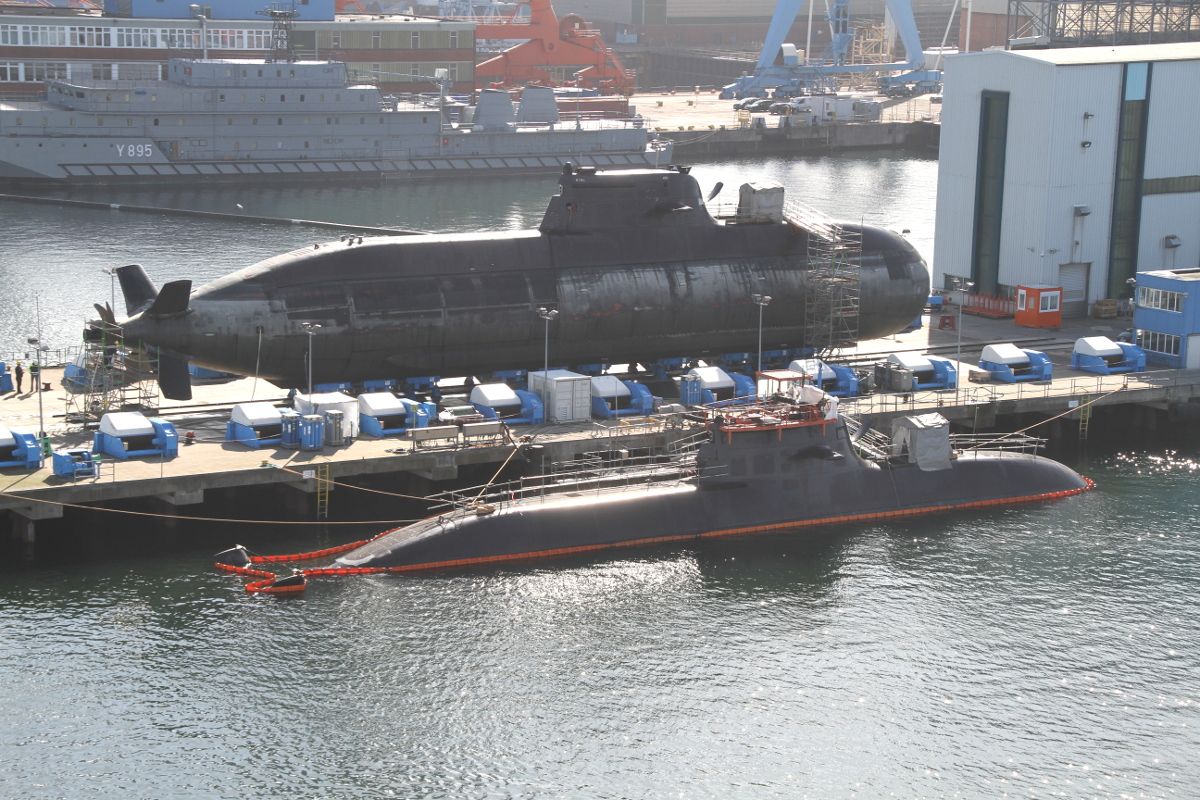
Starting in 2014, Germany has been steadily increasing its defense spending. This was initially in response to increasing concerns about Russia’s revanchist foreign policy since the Kremlin seized control of Ukraine’s Crimea region in 2014. Tensions between the Kremlin and NATO, as well as other non-aligned neighbors, such as Sweden and Finland, have steadily increased since then.
In 2016, German Chancellor Anegla Merkel promised even more significant increases in the country’s defense budget, citing pressure from U.S. President Barack Obama. At the same time, then U.S. presidential candidate Donald Trump had made a campaign issue out of NATO members’ contributions to their collective defense. Since winning the election and taking office in January 2017, Trump has continued continued to demand that America’s European allies increase these expenditures.
“The turnaround for the better has begun,” Bartels said. “The basic decisions have been made, but it will take years again for that to happen.”
His surety may not reflect the political landscape in Germany, though, where the most recent federal election has left the dominant, centrist Christian Democrat (CDU) and Christian Social Union (CSU) political bloc scrambling to build a coalition government. Its long-time partner, the left-leaning Social Democratic Party (SPD) has gone into opposition.
German Foreign Minister Sigmar Gabriel, a member of the SPD, declared earlier in 2017 that any increase in defense spending should be focused entirely on humanitarian efforts, underscoring a fundamental debate about the role of the German military in the world. This in turn has had a direct impact on defense procurement.
Nowhere is this perhaps more visible than with the German Navy’s newest surface combatants, the Baden-Wurttemberg-class “frigate,” which has a displacement closer to what other navies would classify as a destroyer, but very little in the way of firepower to match its size. The ships are almost exclusively focused on low-threat missions such as counter-piracy and humanitarian relief.
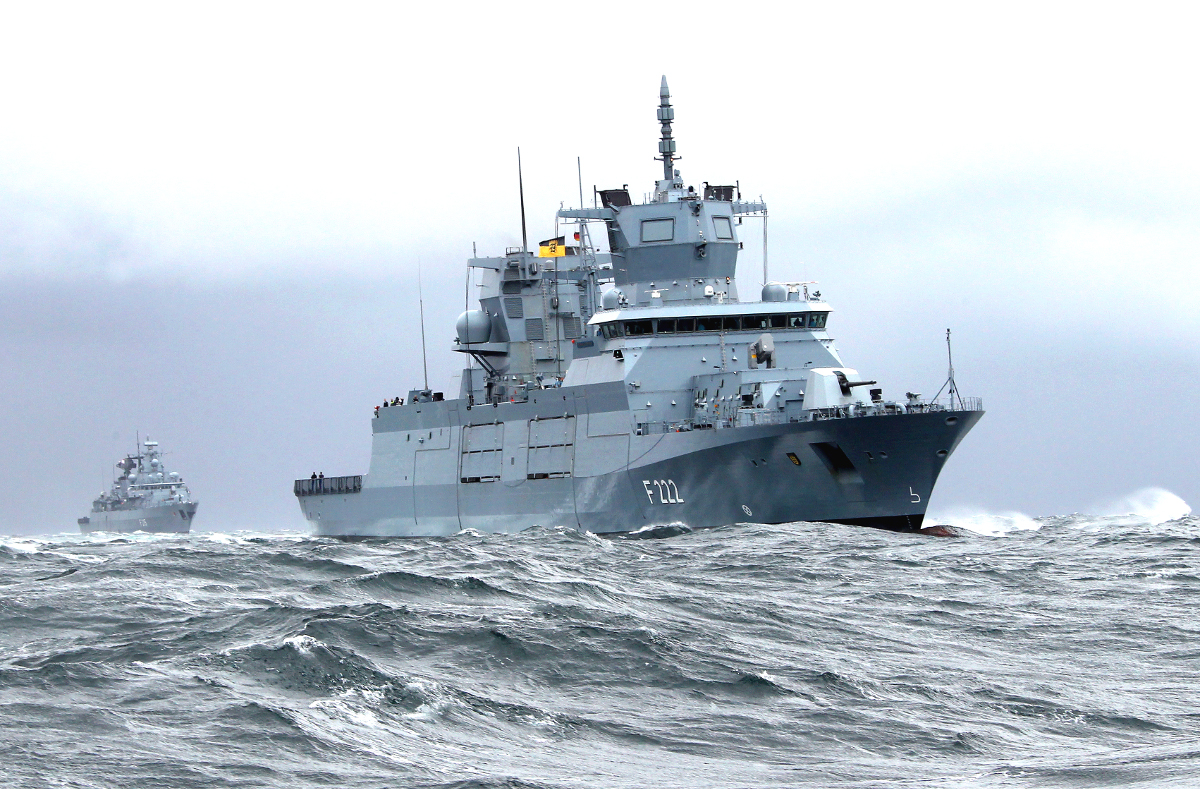
On top of that, as has happened with the German Navy’s Type 212As, these ships may be suffering from Germany’s limited shipbuilding capacity. There are reports of a persistent list of more than a degree and the vessels are notably overweight compared to the initial design specifications, both of which could limit their operational capabilities.
There are also similar questions about whether or not there will be enough sailors to operate them effectively or if their small crew size is adequate to begin with. You can read all about these ships in depth in a separate feature from our own Tyler Rogoway.
The states of the Royal Navy and the Deutsche Marine are both worrisome, but even more so when taken together, given the aforementioned increasing tensions with Russia and China’s growing worldwide
naval capabilities. It especially calls into question NATO’s ability to respond to contingencies or skirmishes in the Baltic Sea, the North Sea, the Black Sea, and the Mediterranean.
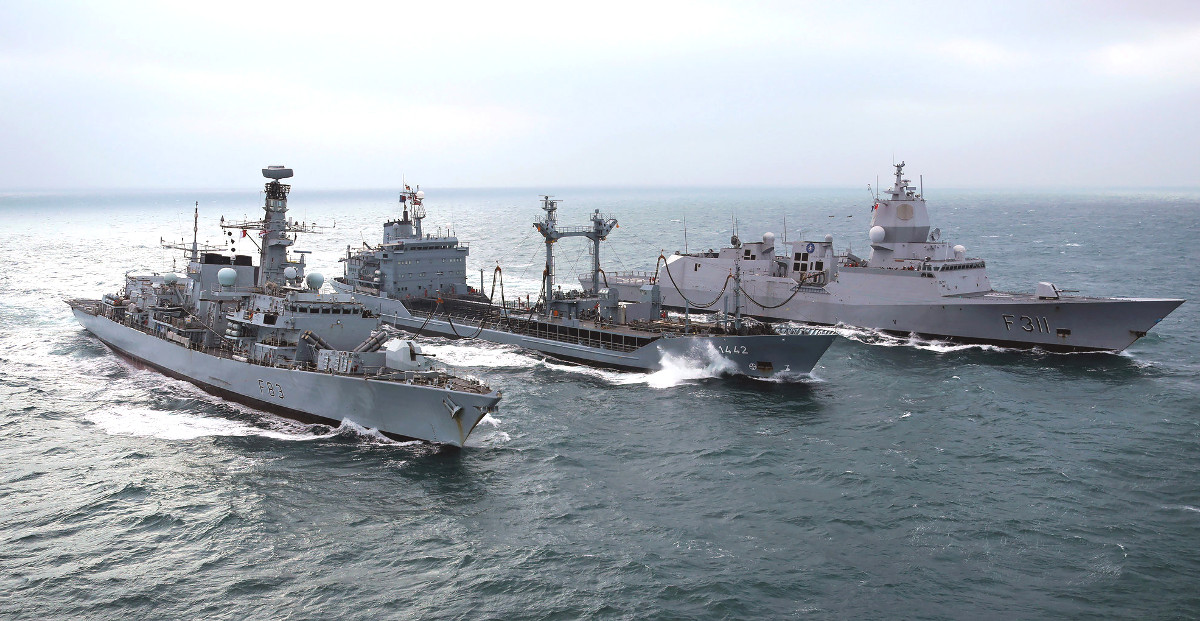
In all of those areas, the Russian military in particular is increasingly positioning itself, thanks to integrated air defenses and shore-based anti-ship capabilities, increased submarine patrols, and other capabilities, to deny access in a crisis. Moscow is also investing heavily in capabilities to jam or otherwise disrupt communication nodes and navigation systems, as well.
It also limits the ability of both countries, either separately or as part of NATO or other international organizations, to project naval power elsewhere in the world when necessary. One of the Royal Navy’s Type 45 destroyers, HMS Diamond, had been on patrol in the Persian Gulf when it suffered a mechanical problem in November 2017 and had to head home for repairs without another similar British ship being able to take its place.
As Germany’s Bartels noted, it will take years to truly turn things around in that country and the same is true in the United Kingdom. It’s clear, though, that the present course in both cases is only going to become more unsustainable and that the Royal Navy and the Deutsche Marine will need to take a hard look at their priorities to make sure they remain capable and credible forces in the near future.
Contact the author: joe@thedrive.com
